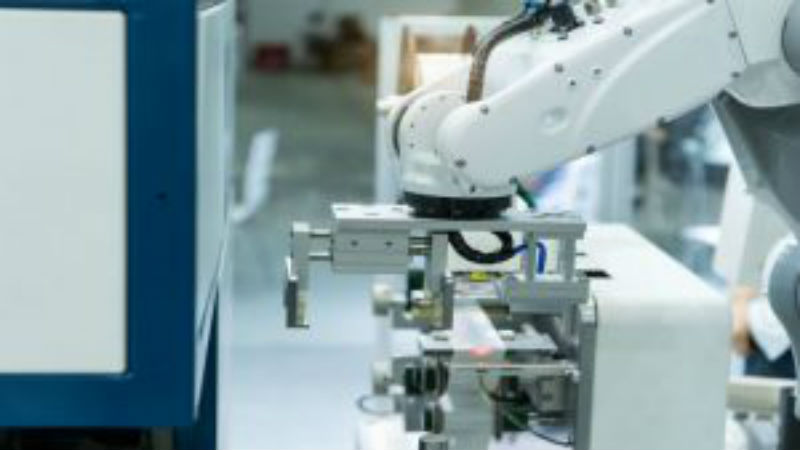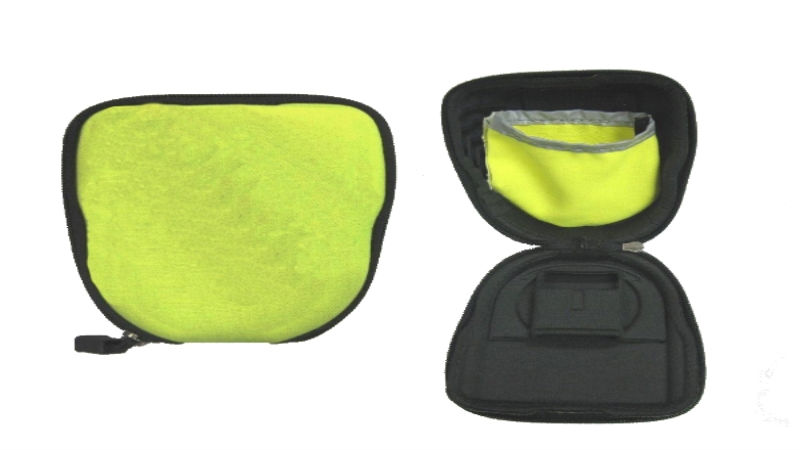When there is a need to join two or more pieces of plastic, there are several different options in actually creating a seal or a joint. With plastics, either films or heavier plastic fabrics and materials, it is possible to use radio frequency sealing, ultrasonic sealing and impulse sealing.
Impulse sealing uses a current flowing through the heating elements to heat up the specific area that is to be bonded. The current only flows when there is film on the heating element and pressure is applied by the machine, triggering the elements to heat. The current continues through the elements for a specific time and then stops. The sealed item is held in place for a second and then released, allowing the seal to form completely.
With ultrasonic sealing, there are very high-frequency vibrations produced in the equipment to create a weld. This also works with pressure, sealing only the areas where the pressure is applied.
RF Sealing
With radio frequency sealing, there is no need to specifically create heat; rather the radio frequency energy is used to melt and fuse the two sides of the plastic together. In many ways, this is similar to the difference between a conventional oven and a microwave. In the microwave, the radio frequency waves stimulate the molecules in the food item, specifically the water molecules, and generate the energy needed to complete the heating process for cooking.
With the use of RF sealing the same process is occurring, but the radio frequency waves are selected to match that of specific molecules in the plastic, not water molecules. There is a buffer that is located under the area being sealed that diffuses the energy and ensures the joint or the plastic weld is consistent, even and just in the right position every time.
The Advantages
There are several distinct advantages of using the radio frequency sealing process over a standard heating process to seal plastic. The biggest benefit is that there are no hot or cold spots along the join or the weld area that can occur with differences in temperature along a heating element.
Additionally, and just like the faster cooking of a microwave over a stove, just a few seconds of exposure to RF can accomplish a better seal that a longer time with direct heat. When making hundreds of thousands of items per day, even a few seconds faster to both heat up and cool down increases efficiency and also decreases product loss due to seal failure or defects.


